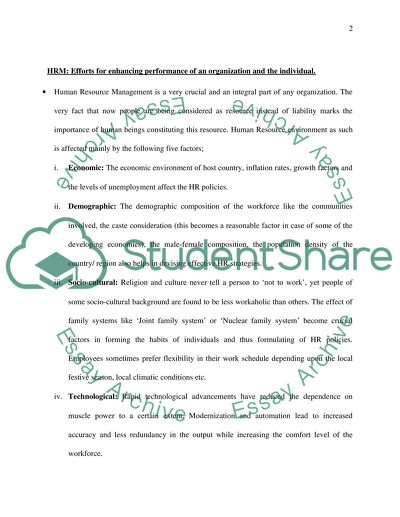Cite this document
(Human Resource Management in International Settings Dissertation, n.d.)
Human Resource Management in International Settings Dissertation. Retrieved from https://studentshare.org/human-resources/1514114-human-resources-management-master-essay
Human Resource Management in International Settings Dissertation. Retrieved from https://studentshare.org/human-resources/1514114-human-resources-management-master-essay
(Human Resource Management in International Settings Dissertation)
Human Resource Management in International Settings Dissertation. https://studentshare.org/human-resources/1514114-human-resources-management-master-essay.
Human Resource Management in International Settings Dissertation. https://studentshare.org/human-resources/1514114-human-resources-management-master-essay.
“Human Resource Management in International Settings Dissertation”, n.d. https://studentshare.org/human-resources/1514114-human-resources-management-master-essay.


